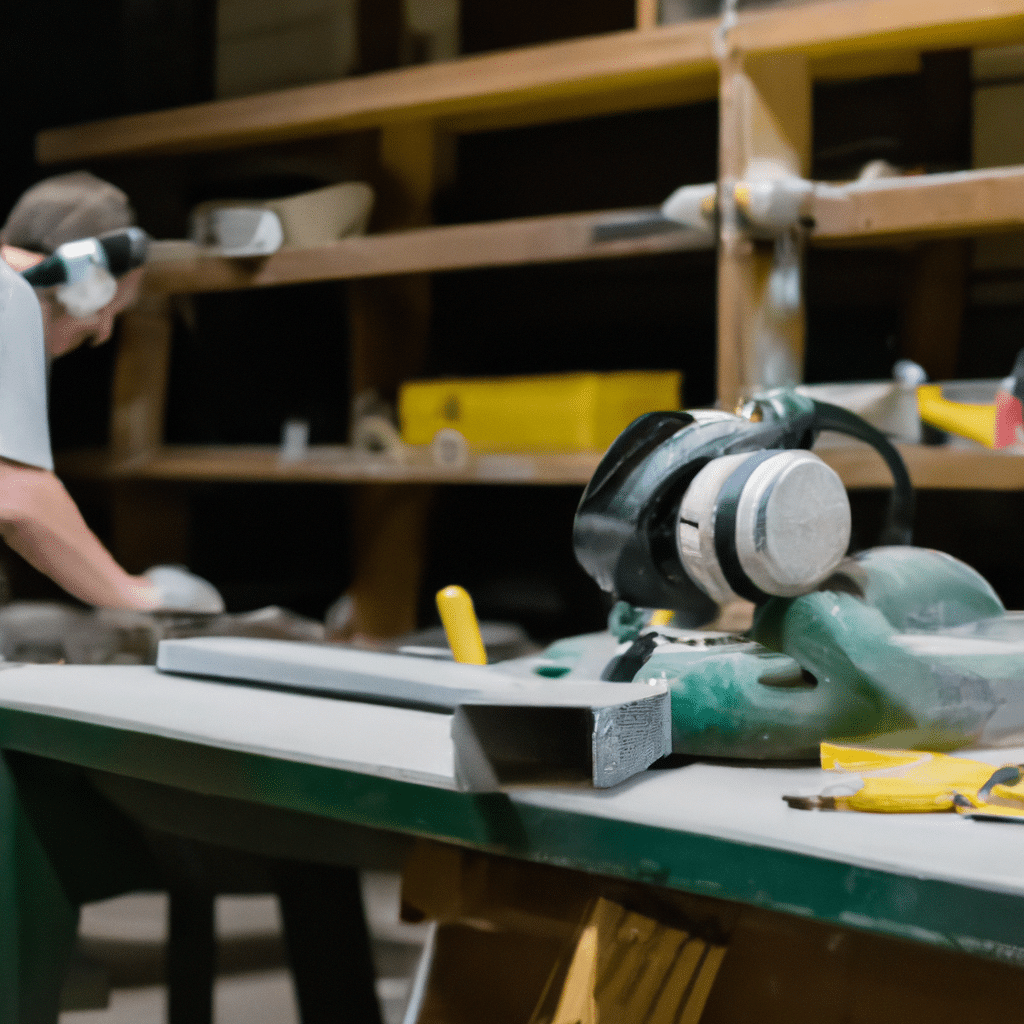
As a woodworker, your ears are your most valuable asset. The tools in your woodshop produce a lot of noise, and over time, that noise can take a toll on your hearing. Even if you’re not exposed to noise levels that are loud enough to cause immediate damage, the cumulative effect of prolonged exposure can lead to permanent hearing loss.
In this article, we’ll explore the risks of hearing loss in your woodshop, how to recognize the signs of hearing loss, and what you can do to protect your hearing.
The Risks of Hearing Loss in Your Woodshop
The tools in your woodshop can produce noise levels that range from 85 to 120 decibels (dB), which is well above the safe threshold of 85 dB. Prolonged exposure to noise levels above 85 dB can lead to permanent hearing loss.
Some of the most common tools in your woodshop that can produce high noise levels include:
- Table saws
- Miter saws
- Jointers
- Planers
- Routers
- Sanders
- Drills
- Band saws
- Circular saws
If you’re using any of these tools without hearing protection, you’re putting your hearing at risk.
Recognizing the Signs of Hearing Loss
Hearing loss can be gradual, and it may take years for you to notice the signs. However, there are some common signs of hearing loss that you should be aware of, including:
- Difficulty hearing high-pitched sounds, such as birds singing or children’s voices
- Difficulty understanding speech, especially in noisy environments
- Needing to turn up the volume on the TV or radio
- Ringing or buzzing in your ears (tinnitus)
- Feeling like people are mumbling or not speaking clearly
If you’re experiencing any of these symptoms, it’s important to get your hearing checked by a professional.
Protecting Your Hearing in Your Woodshop
The good news is that you can take steps to protect your hearing in your woodshop. Here are some tips:
Wear Hearing Protection
The most important thing you can do to protect your hearing is to wear hearing protection. Earplugs or earmuffs can reduce the noise levels in your woodshop to safe levels.
Use Quieter Tools
If possible, choose tools that produce less noise. For example, using a hand plane instead of a power planer can significantly reduce the noise levels in your woodshop.
Use Noise-Reducing Features
Some tools come with noise-reducing features, such as blade guards or sound-dampening materials. If you’re in the market for new tools, consider ones that have these features.
Take Breaks
Taking breaks can give your ears a chance to rest and recover. If you’re working on a project for an extended period, take breaks every hour or so to rest your ears.
Keep Your Shop Clean
A clean shop can help reduce noise levels. Dust and debris can build up in your tools, making them louder. Keeping your shop clean can reduce the noise levels in your woodshop.
Conclusion
As a woodworker, your hearing is essential to your craft. Prolonged exposure to high noise levels can lead to permanent hearing loss. By wearing hearing protection, using quieter tools, taking breaks, and keeping your shop clean, you can protect your hearing and continue to enjoy woodworking for years to come. Remember, your ears are your most valuable asset, so take care of them!

